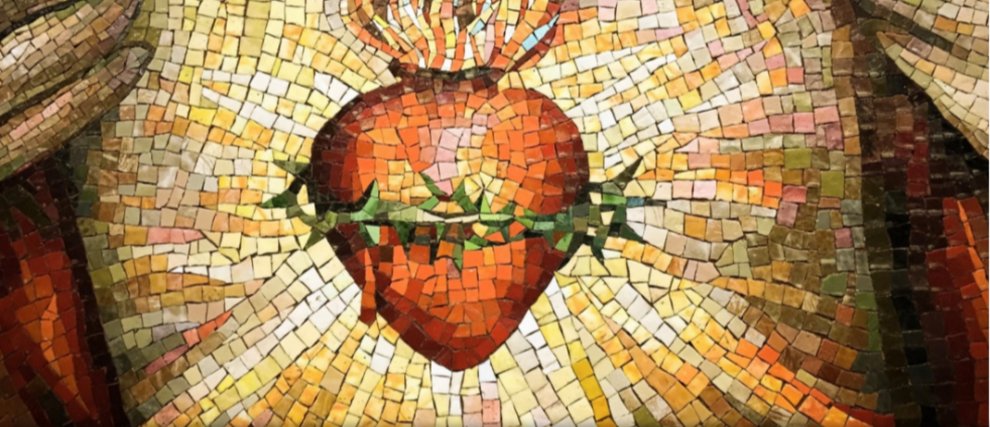The Lost Coin (Luke 15:8-10)
The Parable of the Lost Coin immediately follows the Parable of the Lost Sheep in chapter 15 of the Gospel of Luke. Jesus chooses these two stories to make the same point: The priceless nature of the conversion of a sinner.
The Parable of The Lost Coin in the Gospel of Luke
“Or suppose a woman has ten silver coins and loses one. Doesn’t she light a lamp, sweep the house and search carefully until she finds it?”
“And when she finds it, she calls her friends and neighbors together and says, ‘Rejoice with me; I have found my lost coin.’ In the same way, I tell you, there is rejoicing in the presence of the angels of God over one sinner who repents.”
(Luke 15:8-10)
Explanation of the Parable of the Lost Coin
Jesus proposes three parables to show the immense joy for a single sinner who repents: The parable of the lost sheep, the parable of the prodigal son and, located between the two, the short parable of the lost coin. Jesus takes here the example of a woman who has lost a very precious object: a drachma, a coin of great value. The woman represents Christ, who deploys all possible means to find his treasure. The silver coin represents the sinner to save, made of cold and inert metal, it has the characteristics of the sinner who has died spiritually. Like the drachma, lost in a dark corner of the house, the sinner finds himself lost in the ignorance of God, that is, in spiritual darkness. The lamp that the woman lights is in the image of the word of God that illuminates the soul. As she sweeps, the woman acts in the manner of the Holy Spirit surmounting the obstacles put down by Satan to distance the soul from God. It is after much care and patience that we bring the heart of the lost man back to God. Jesus wants us to feel the immeasurable joy that the Father experiences for the found sinner, a happiness that lights up the whole sky.
With Hozana, let’s pray to live the gospel!
Through the parable of the lost coin, Jesus draws our attention to the infinite mercy of God. With the Hozana prayer communities, (re)discover this mercy that has no limits and welcomes our repentance with love.
- For nine days, let us approach the Mercy of God by learning to trust Jesus and surrender ourselves to His grace.
- Discover the Novena of Divine Mercy. Every day you will receive a video, a meditation from the Journal of St. Faustina and the daily prayer.

